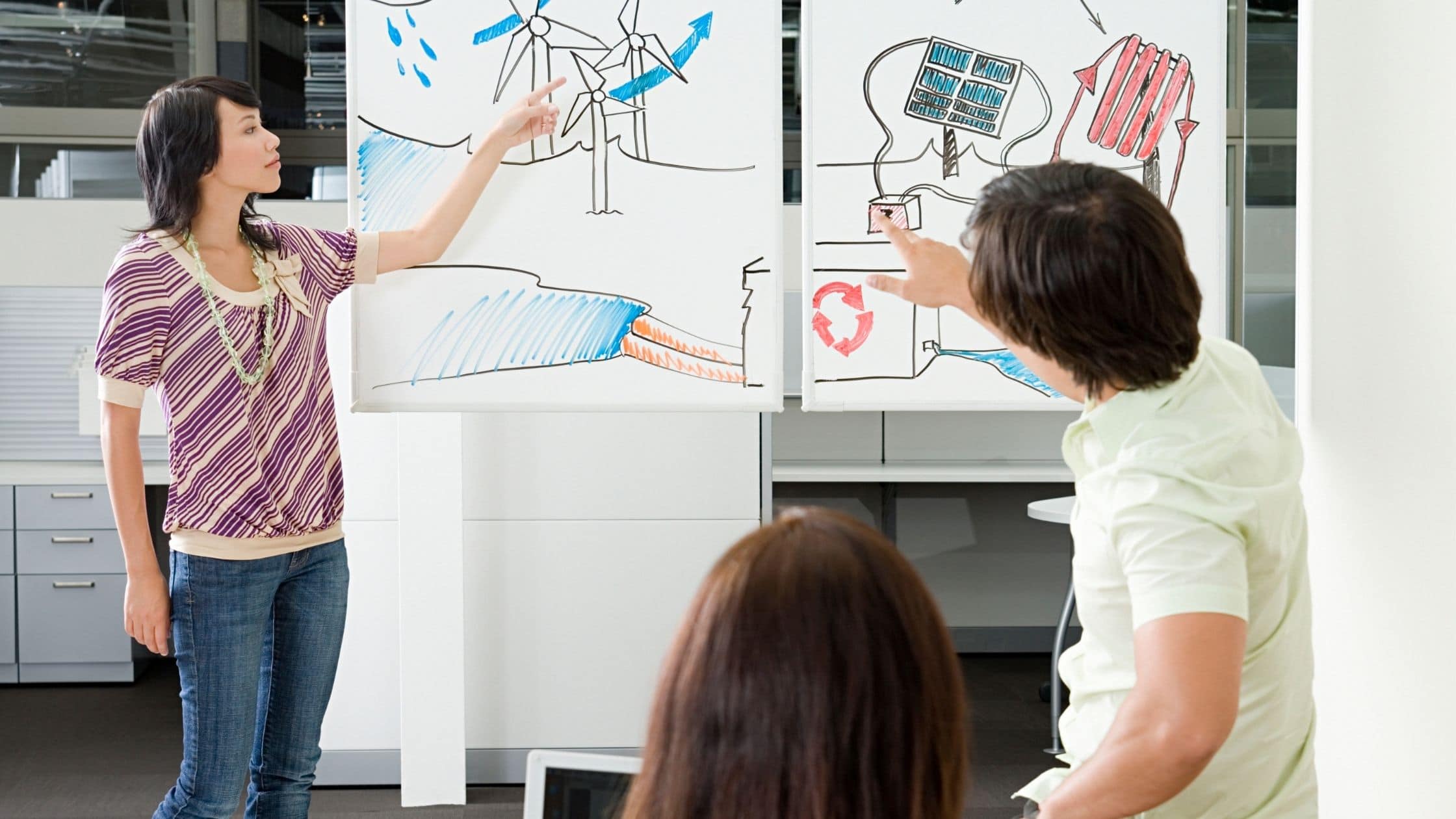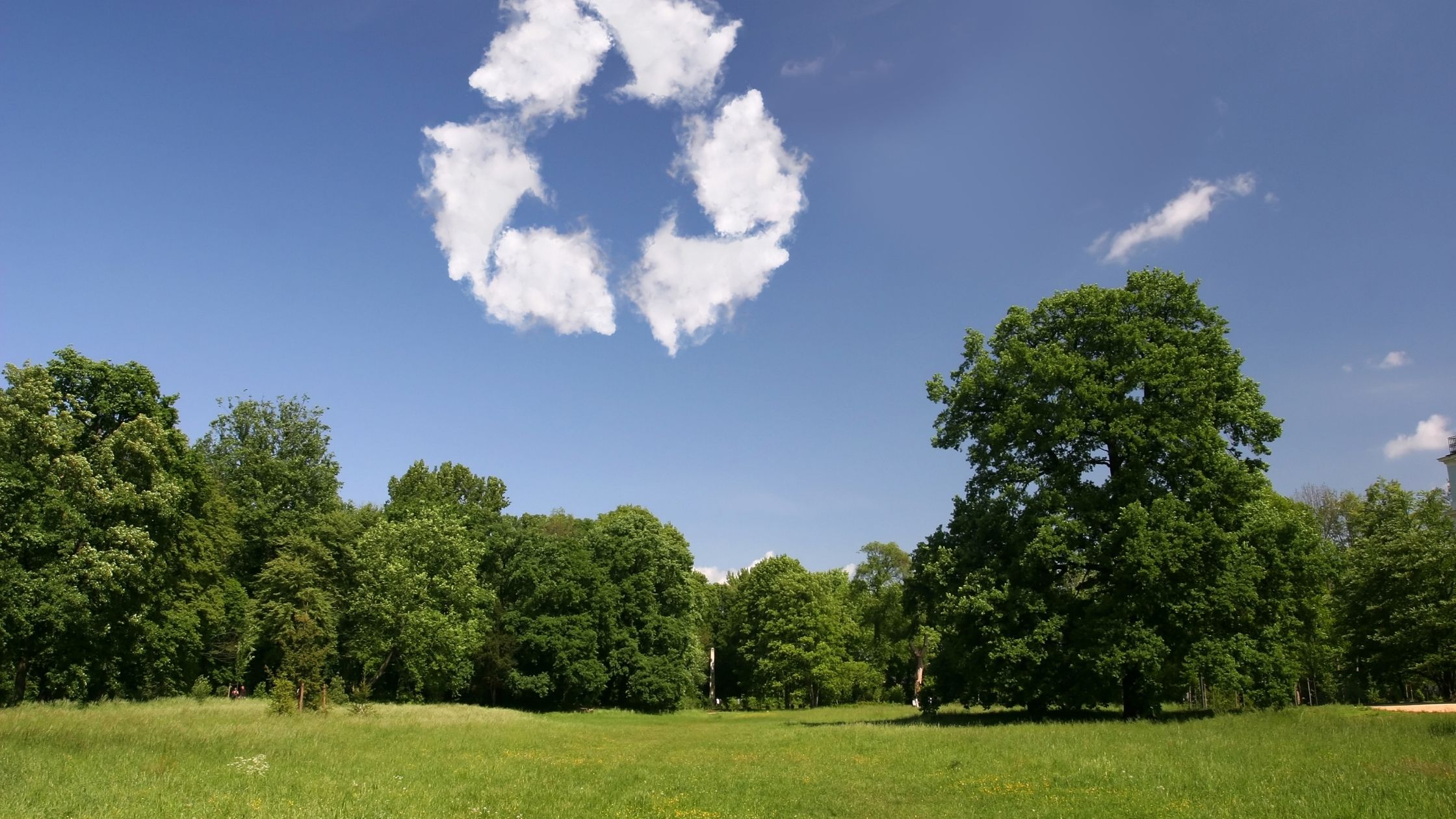Renewable energy is the future. Renewable energy help the environment in various ways. With it, we can create a more sustainable society for ourselves and our children.
Renewable energy is a great way to help the environment. It reduces global warming and air pollution, while also helping to create jobs. In addition, renewable energy is reliable, which helps it save money for consumers. These are just some of the benefits that come with using renewable energy sources like wind and solar power. Read on to learn more about how renewable energies can help your environment!
What Is Renewable Energy?

Renewable energy is a resource that comes from sources which can be sustained indefinitely, or for long periods of time. Examples include solar panels and wind turbines. Renewal energies provide power without generating any harmful emissions like carbon dioxide and mercury into the atmosphere, making them an environmentally friendly option when compared to traditional fossil fuels such as coal and oil.
Why Is Renewable Energy Better?
There are many benefits to using renewable energy sources. One of the most important is that they do not produce emissions like carbon dioxide and mercury, which harm the environment, so switching may be a good way to decrease your impact on global warming. Additionally, some sources can provide power without needing an external supply of fuel or electricity from other providers.
This means people who use this type of technology can generate their own power locally instead of relying on companies outside their area for those resources. This cuts down on costs as well because you no longer have to pay the company supplying these services! Renewable energies also help in lowering demand for fossil fuels by providing energy solutions where consumers would otherwise need them (we’re looking at you alternative-fueled vehicles).
How Many Types of Renewable Energy Are There?
There are two sources of renewable energy: solar and wind. Solar power is produced by using the sun’s rays to generate heat, which then turns into a thermal current that produces electricity. Wind turbines work similarly- they convert kinetic energy from the wind into mechanical or electrical power.
1. Solar energy:

Solar power is a form of renewable energy that can be used to generate electricity. It is considered an environmentally-friendly alternative to other forms of energy because it doesn’t release harmful emissions into the atmosphere and has no carbon footprint. Solar panels are made up of photovoltaic cells, which absorb light from the sun and use its power to produce electricity.
Some solar panels also have a battery attached which stores excess energy during daylight hours for use at night or on cloudy days. The amount of time needed for a solar panel system to pay off depends on many factors including size, location, cost per watt, etc., but in general it will take between four and twelve years depending on these factors
2. Wind power:

Wind power is the generation of energy through wind. It’s one way to be environmentally friendly and save money on electricity bills. The most common type of wind turbine generates kinetic energy in a large rotor that rotates from an axle connected to the ground, typically with blades shaped like airfoils for optimal performance.
Wind turbines are often built into natural hillsides or can be mobile structures mounted on trucks, trains, ships, or barges to provide electrical power where it is needed. The amount of electricity depends on how much wind there is and the size of the generator (windmill).
For example, a small device might produce only enough electricity to run a few lights but larger devices could power an entire home. It’s important not to put the device too close to trees or buildings because the wind can’t flow as well through these obstructions.
What Is the Most Reliable Renewable Energy Source?
Renewable energy sources are all around us, and can be found in the form of solar, wind, geothermal, hydroelectric power. Which one is the most reliable? Solar. Solar has been shown to be the most reliable renewable energy source because it’s not dependent on something that relies on a person or machine for it to work if there were no people or machines left on earth
Sunlight is what causes this process called photosynthesis which then creates oxygen during daytime hours and carbon dioxide at night when there isn’t any sunlight because of how plants produce sugars by using light energy from sun rays. This means that plants don’t need anything else besides daylight plus water to live which makes them an excellent example of being sustainable and renewable while using a renewable energy source.
How Does Renewable Energy Affect the Environment?
Renewable energy is a positive for the environment as it produces lower levels of pollution and greenhouse gases when compared to traditional methods like coal or oil, meaning our planet can be cleaner. The renewable sources of power also don’t require mining (and all that entails), which creates less impact on land and water supplies in sensitive areas around the world.
How Does Renewable Energy Help the Environment?

A lot of people are wondering, how does renewable energy help the environment? The answer is yes. Renewable energy sources like solar and wind power both provide clean, sustainable energy that doesn’t produce air pollution or global warming emissions.
Some disadvantages to renewable energies are that they can be expensive to install and maintain, as well as being less reliable than traditional fossil fuels in certain conditions. Despite these drawbacks, it’s clear that renewables offer a viable alternative for those who want cleaner energy sources without polluting the Earth with greenhouse gases. So what does this mean for us? It means we should all invest in solar panels!
So, in a list, this is how renewable energy help the environment:
- Renewable energy is a sustainable way to power homes and businesses
- Renewable energy helps the environment by reducing greenhouse gas emissions and slowing climate change
- The environmental benefits of renewable energy are many, including protecting wildlife habitats from oil spills and reducing greenhouse gas emissions
- Renewable energy reduces our reliance on fossil fuels and saves money in the long run
- For the homeowner, there’s no need for fueling up or changing filters, which saves time and money
- Solar power generates more jobs than any other form of renewable energy, so it’s good for the economy too!
- Countries that are investing heavily in renewables have seen economic growth as well, because they’re not spending so much on importing oil or coal from other countries anymore!
- There are many ways to invest in renewable energies – you can buy shares of solar companies or sign up for a community solar project near your home if there’s one available nearby (or even start one!)
The future is clean – let’s make sure we get there together! 🙂
- Solar Panel Maintenance And Cleaning Tips You Must Know - January 5, 2023
- Tips For Zero Waste Living in 2023 - January 2, 2023
- What Is Condensing Boiler and Why Do You Need It? - December 11, 2022

